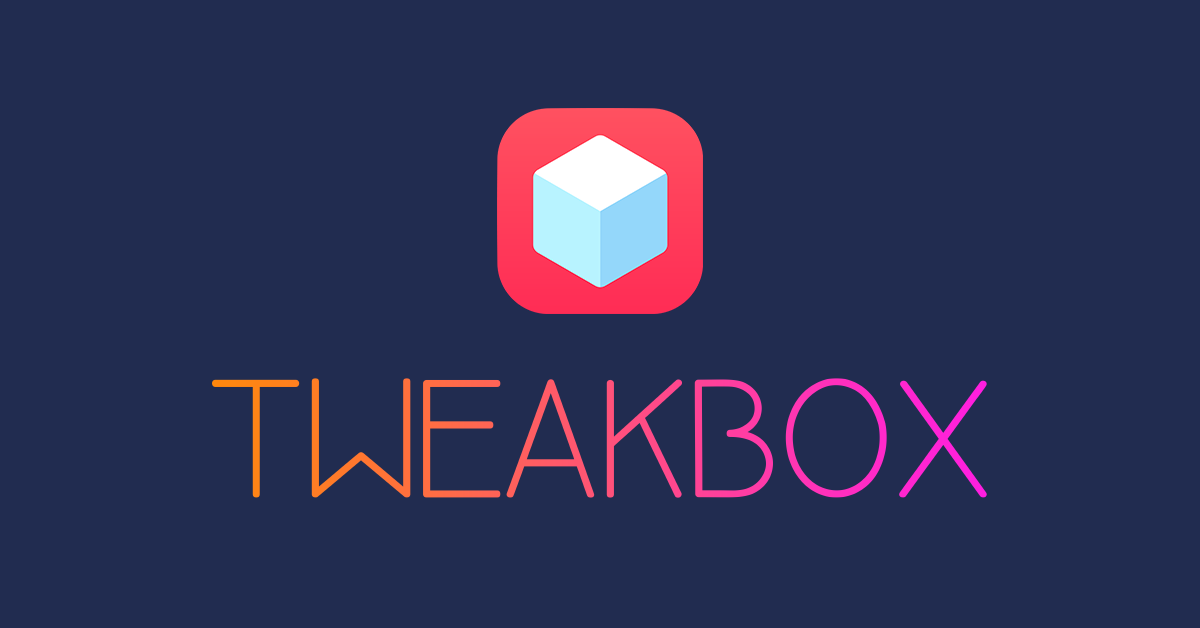In an era where digital transactions are gaining unprecedented momentum, understanding the details of online payment security is crucial. With a surge in digital payment methods during the pandemic, the landscape is evolving, offering a range of secure and convenient options. This evolution is not just transforming how we perceive transactions but is also establishing new norms in operational efficiency and user trust. It’s leading to the refinement and enhancement of transactional methodologies, focusing more on user-centric and secure solutions.
Table of Contents
The Evolution of Digital Payments
Digital payments, symbolizing the transition of value or currency through electronic mediums, are undergoing transformative developments. These developments are replacing conventional, manual methods with modern, electronic alternatives. Innovations such as bank transfers like eChecks, and Buy Now, Pay Later solutions are altering our transactional perceptions profoundly.
For instance, the safe casino payment method presents the security and efficiency in transactions through gambling niche, fostering user confidence and optimizing user interaction. This method illustrates the importance of security and dependability in today’s digital payment sphere. Nowadays, consumer expectation is continually evolving, seeking seamless, fast, and secure transaction experiences, highlighting the advancements in payment technologies and the constant pursuit for enhanced security and user convenience.
Exploring Mobile Payment Apps and Wallets
Mobile payment apps such as Cash App, Venmo, PayPal, and Zelle have revolutionized financial transactions, making it exceptionally user-friendly to transact on the go. By the end of 2023, these platforms are projected to handle transactions amounting to $1.152 trillion.
Concurrently, mobile wallets like Apple Pay and Google Pay are gaining prominence as they present a streamlined approach to managing various cards and memberships. They not only promise unparalleled convenience but also significantly reduce the risks associated with fraud. These platforms exemplify the advancement in secure, digital financial management, ensuring swift and secure exchanges, and are important in the gradual shift towards a cashless society.
Unpacking Contactless Payments
Contactless payments gained significant traction during the pandemic due to their touch-free and safe nature, making use of technology like NFC and MST to facilitate transactions. For instance, a consumer can make touch-free purchases using mobile wallets or NFC-enabled cards, minimizing the risk and enhancing the safety of the transactions.
These innovations have revolutionized purchasing by eliminating the need for physical contact, thereby increasing the efficiency of each exchange. This method has been instrumental in promoting hygienic transaction practices, reducing the dependence on cash, and is increasingly becoming the preferred mode for day-to-day transactions due to its convenience and speed.
Technological Backbone: Ensuring Secure Transactions
The seamless functioning of these digital payment modes is backed by robust technologies like machine learning and artificial intelligence, enhancing user experience and fortifying security measures. Technologies such as NFC enable connections between devices over short distances, allowing users to pay with their mobile wallets securely.
Magnetic secure transmission technology emulates a magnetic stripe like the one found on a credit or debit card, making it compatible with most payment processors. Open banking APIs have emerged as catalysts, allowing financial institutions to share data securely and efficiently. These interfaces are unlocking new revenue avenues and providing invaluable insights to improve offerings. Biometric verification enhances the security layer, using unique biological traits like fingerprints and retina patterns for authentication. This technology is important in the financial sector, making transactions more secure and reducing fraud possibilities.
Distributed Ledger Technology: A Secure Foundation
Blockchain, a form of distributed ledger technology, is another innovation securing digital payments. It offers a secure and efficient way to create a tamper-proof log of sensitive activity, which is particularly beneficial in the financial industry to reduce operational inefficiencies.
The digital payment landscape is continuously evolving, with trends like a surge in P2P mobile payment users and the growing acceptance of BNPL solutions shaping the future. Competitive perks and expanded partnerships are further enriching the ecosystem, ensuring more secure, diverse, and convenient payment options for users.




